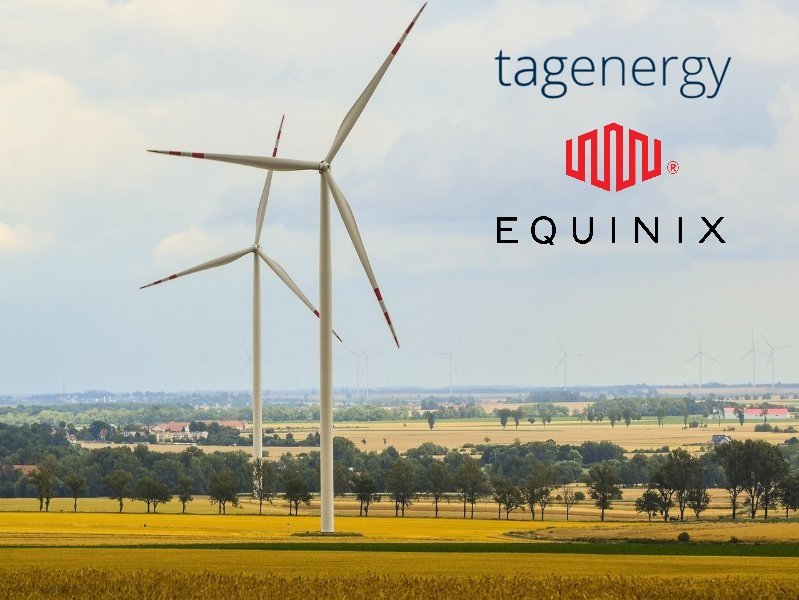Introduction
Geothermal energy, a renewable and sustainable source of power, is rapidly gaining attention and significance in the global energy landscape. By harnessing the power of the Earth's internal heat, geothermal energy projects offer a clean and efficient alternative to traditional energy sources. In this article, we will explore the various aspects of geothermal energy projects, their benefits, challenges, and the role they play in shaping our future energy systems.

1. What is Geothermal Energy?
Geothermal energy is a form of renewable energy that utilizes the Earth's heat to generate power. It is derived from the thermal energy stored beneath the Earth's surface, primarily in the form of heat from the Earth's core. This heat can be extracted and converted into usable energy to generate electricity and provide heating and cooling solutions.
2. The Science Behind Geothermal Energy
Geothermal energy is a result of the Earth's natural heat flow. The Earth's core, which consists of extremely hot molten rock and metal, generates heat through the process of radioactive decay and residual heat from its formation. This heat is conducted through the Earth's layers, creating temperature gradients.
3. Types of Geothermal Systems
There are three main types of geothermal systems:
- Dry Steam Systems: These systems utilize steam extracted directly from underground reservoirs to power turbines and generate electricity.
- Flash Steam Systems: In this type, high-pressure hot water is extracted and sprayed into a low-pressure tank, causing it to flash into steam. The steam is then used to drive turbines.
- Binary Cycle Systems: Binary systems use lower temperature fluids to heat a secondary fluid with a lower boiling point. The secondary fluid vaporizes and drives a turbine.
4. Exploration and Resource Assessment
Exploring and assessing geothermal resources is a crucial step in the development of geothermal energy projects. Extensive geological surveys, temperature gradient measurements, and drilling tests are conducted to identify potential sites with viable geothermal resources. Advanced technologies such as remote sensing and seismic imaging aid in this process.
5. Geothermal Power Plants
Geothermal power plants are the key infrastructure for harnessing geothermal energy. They consist of wells drilled into geothermal reservoirs to extract hot water or steam. The extracted fluid is then used to drive turbines, which generate electricity. The heat from the geothermal fluid is also utilized for direct heating and cooling purposes in some systems.
6. Environmental Impact and Sustainability
Geothermal energy projects have a relatively low environmental impact compared to conventional energy sources. They produce minimal greenhouse gas emissions and have a small land footprint. However, there are potential concerns associated with geothermal projects, such as the release of gases and chemicals during drilling, the depletion of reservoirs, and the risk of induced seismicity.
7. Advantages of Geothermal Energy
Geothermal energy offers several advantages:
- Renewable and Sustainable: Geothermal energy is an inexhaustible resource as the Earth's heat is continuously generated.
- Baseload Power: Geothermal power plants provide a constant and reliable source of electricity, unlike intermittent renewable sources like solar or wind.
- Minimal Fuel Cost: Geothermal projects have lower operational costs since they don't require fuel procurement.
- Local Economic Benefits: Geothermal projects create jobs, stimulate local economies, and enhance energy independence.
8. Challenges and Limitations
While geothermal energy has significant potential, there are challenges to its widespread adoption:
- Resource Availability: Suitable geothermal resources are limited to specific regions, limiting its global scalability.
- High Initial Investment: Geothermal projects require substantial upfront investments for exploration, drilling, and infrastructure development.
- Technical Complexity: Developing geothermal projects requires advanced engineering expertise and technologies.
- Environmental Concerns: Careful management and mitigation of environmental risks are essential to ensure sustainable geothermal energy development.
9. Global Geothermal Energy Projects
Geothermal energy projects are being implemented worldwide, showcasing the growing interest in this renewable energy source. Countries like the United States, Indonesia, the Philippines, and Iceland have well-established geothermal power plants. Exploration and development efforts are also underway in regions with untapped geothermal potential, such as East Africa, Central America, and parts of Europe.
10. Government Policies and Incentives
Governments play a crucial role in promoting geothermal energy by implementing supportive policies and offering incentives. These may include feed-in tariffs, tax credits, grants, and streamlined permitting processes to encourage private investment in geothermal projects. By creating a favorable regulatory environment, governments can foster the growth of geothermal energy as part of their renewable energy strategies.
11. Geothermal Energy in the Future
Geothermal energy holds immense promise as a reliable, clean, and sustainable energy source. Advances in drilling technologies, enhanced resource assessment techniques, and an increased understanding of geothermal systems will contribute to its expansion. Geothermal energy can complement other renewable sources and play a vital role in achieving global carbon neutrality and energy security.
Conclusion
Geothermal energy projects harness the immense power beneath our feet, providing a sustainable and eco-friendly solution for our energy needs. With its advantages of being renewable, baseload, and cost-effective, geothermal energy has the potential to transform our energy landscape. As countries continue to invest in geothermal projects and overcome technical and economic challenges, we move closer to a future powered by the Earth's own heat.



